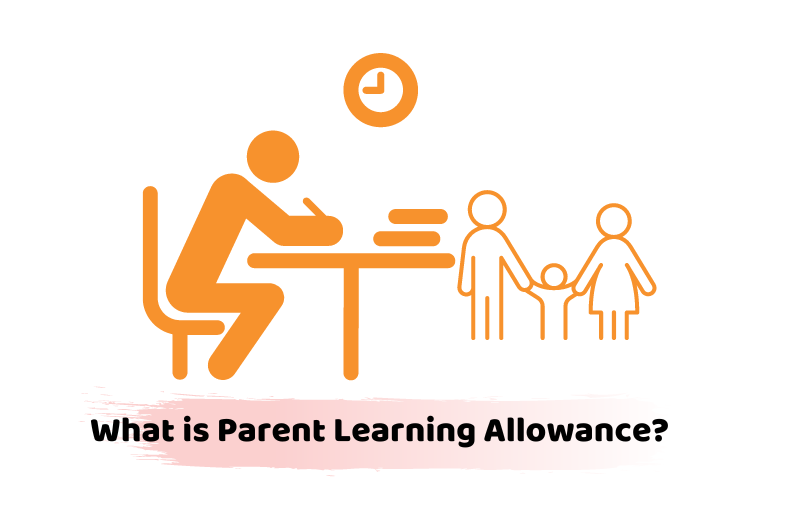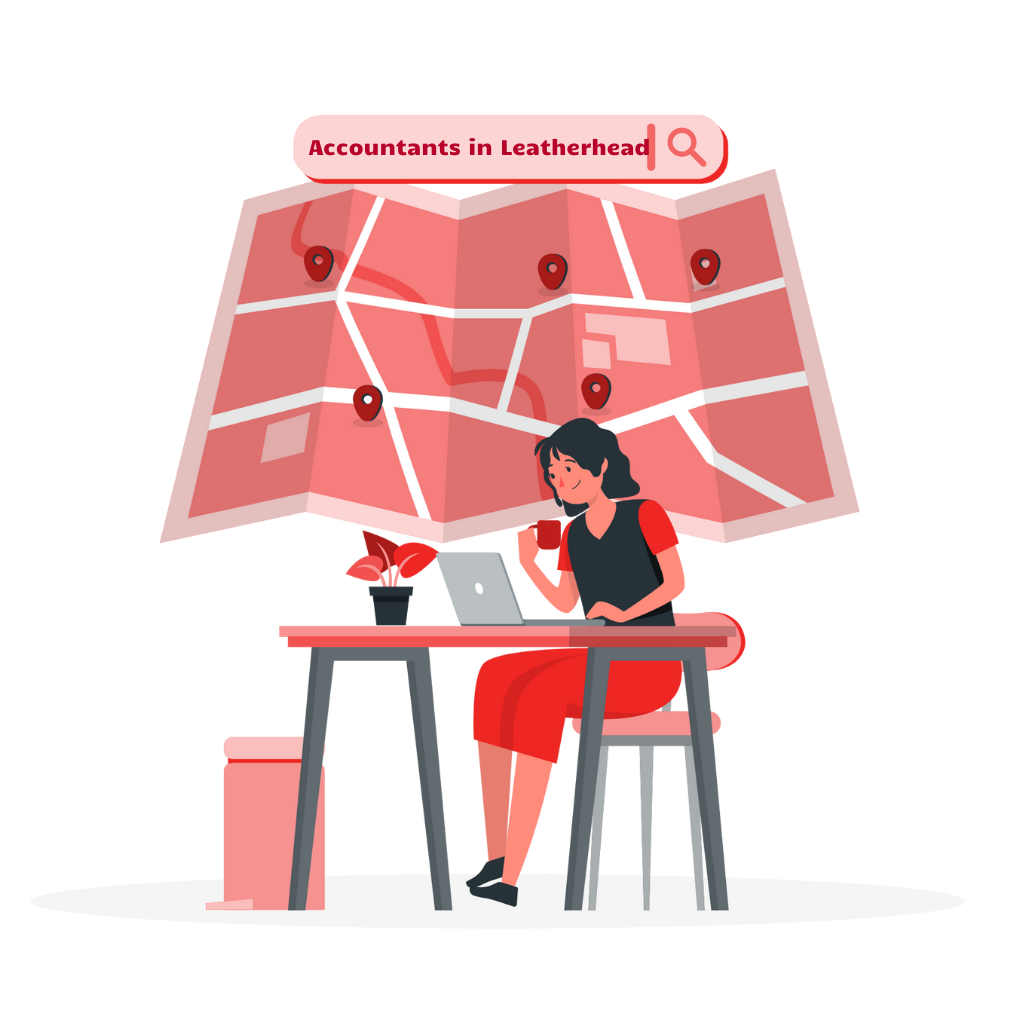Payroll services London, UK
PAYE stands for Pay As You Earn. It is the system used by HMRC to collect income tax and national insurance from employees as well as the employer’s national insurance. The employer makes the necessary deductions from the pay of the employee and pays them over to HMRC.
It is the employer’s responsibility to make the correct deductions before paying the employee. This applies to all employees including directors of their own limited company. The deductions must be paid to HMRC by the 19th of every month unless paying electronically when the money must reach HMRC by 22nd, or have average monthly payments of less than £1500 in which case you can pay quarterly.
In addition, Class 1A NIC is payable by the employer on benefits and is payable by 6 July after the end of each tax year.
When you take on your first employee you may wish you hadn’t when faced with all the forms and regulations that need to be followed. The tax rates, allowances, and regulations also all change on a regular basis and it can be hard to keep up to date. If you just have a few employees it is often simpler to get your accountant or a payroll agency to do the payroll for you.
Application of PAYE
PAYE applies to all types of payments you make to your employees including…
- salary and wages;
- bonuses and commission;
- overtime;
- tips;
- expense allowances and claims when paid in cash;
- Statutory Sick Pay;
- Statutory Maternity/Paternity/Adoption Pay;
- lump sum and compensation payments including redundancy unless they are exempt from tax;
- payments other than in cash, such as shares or vouchers;
Certain benefits provided to employees may be exempt from tax but most are taxable and must be declared to the HMRC by means of an end of year benefits form P11D or P9D.
New Employees
Every employee has their own tax code which is issued to them by HMRC and the employer is provided with the details as well.
For new employees this tax code is provided on the form P45 they bring from their previous employment. This is used in conjunction with the relevant tax and national insurance tables to work out the tax and NI to be deducted.
If the employee does not have a form P45, you and the employee should complete a form P46 in order to get a tax code. In the meantime, you must use the tax code indicated in section 2 of the form P46.
The Pay as you earn (PAYE) Paperwork
There are numerous forms in the PAYE system, but there are certain core forms that are used by all employers. The most common of which are as follows.
- Payslips: which are your own forms you supply to your employees to show how their pay has been calculated and the deductions made.
- Form P45 – as explained above, new employees with a previous job give you a copy of this from their previous employer and you provide employees who leave your employment with one.
- P11 Deductions working sheet – this may be manual or computerized but records all the salary and NIC payments made.
- P14/P60 – this is the end of year summary which is given to the employee and copies to HMRC.
- P35 – this is the Employer’s Annual Return which summarises all deductions made from employees in the year to 5th April
- P11D – used at the end of each tax year to provide details of benefits and expenses paid to employees who earn over £8,500 and all directors.
How We Can Help You
We can assist you with training in running your own PAYE scheme or can arrange to have the payroll run for you.





















































